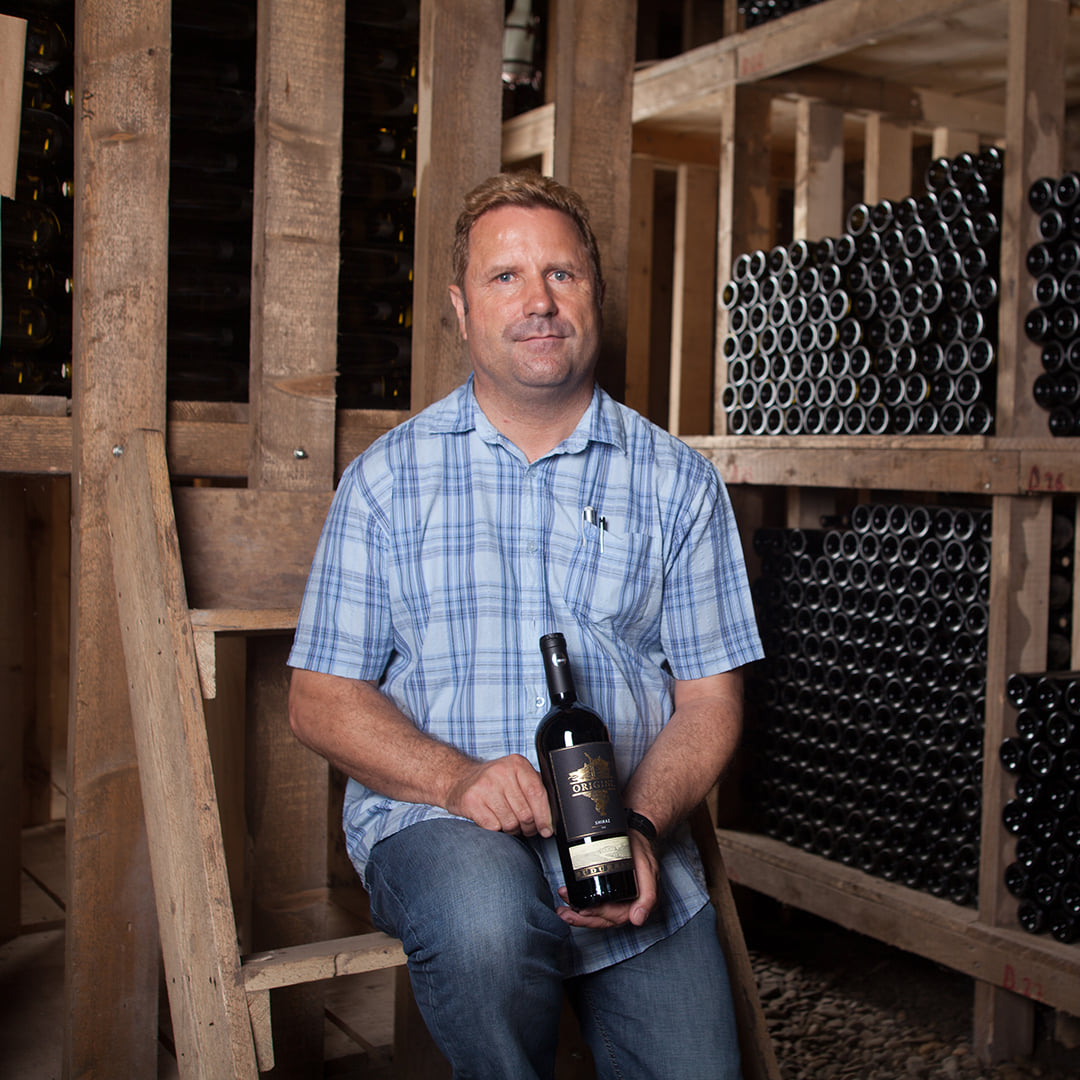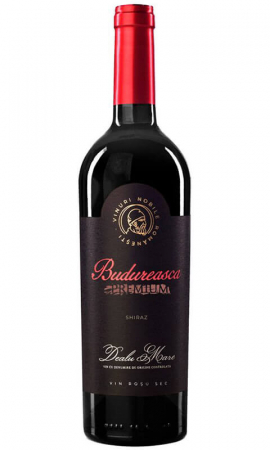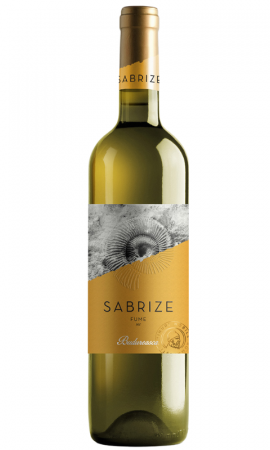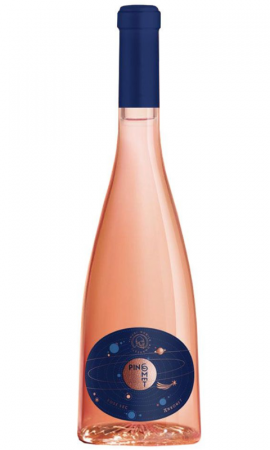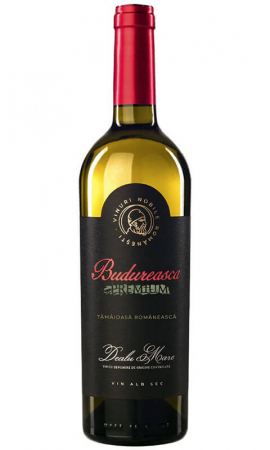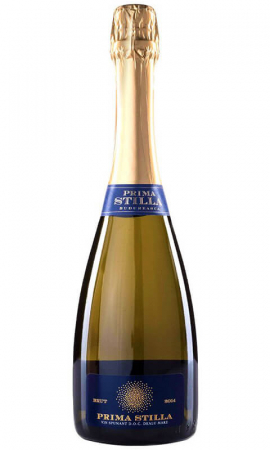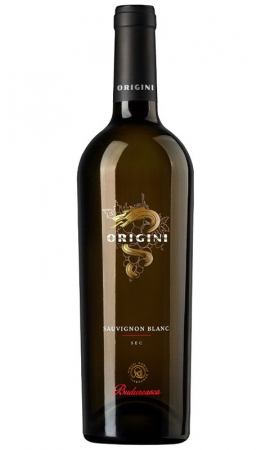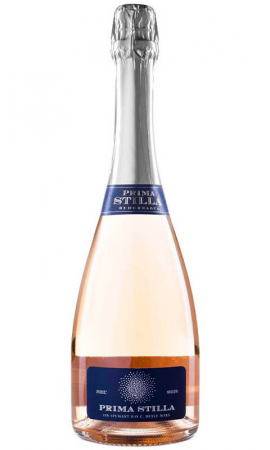Can you make a short introduction of yourself? I know many wine lovers know you, but your stories are one of a kind, so who is Stephen Donnelly?
Hailing from the picturesque county of Northumberland in the UK, I was born and raised amidst the rolling landscapes and vibrant community. From a young age, I delved into the world of wine and beer making, showcasing my creations at county shows under the guise of my neighbour's name. Surprisingly, my elderberry wine won many first-place accolades and sowing the seed as a budding winemaker.
While some may label me as eccentric, I embrace this unique trait as a badge of honour.
Over the span of 40 years, I have crafted more than 46 vintages, each telling a unique story of my passion and dedication to the art of winemaking.
My odyssey commenced in California, where I honed my skills at Davis University, immersing myself in the sun-kissed vineyards and luscious grapes of the region. The transition from the bountiful vineyards of California to the challenging landscapes of England was a stark contrast. At Lamberhurst Vineyards in Kent, amidst the backdrop of English countryside, I embarked on a new chapter, working with German grape varieties and skillfully crafting wines that encapsulated the essence of the land.
After my tenure in England, an opportunity beckoned me to Hungary, where I oversaw winemaking for the prestigious Handwood Group. The vineyards of Hungary whispered stories of tradition and innovation, inspiring me to push the boundaries of winemaking. Venturing into Romania with the Handwood Group opened my eyes to the limitless possibilities of winemaking, fuelled by the resilience and determination of the Romanian people.
From the lush vineyards of South Africa to the vibrant winemaking scene of India, each new destination presented a unique challenge and an opportunity to deepen my connection with the craft. As a hands-on winemaker, I believe in immersing myself in every aspect of the winemaking process, from cleaning tanks to handling grapes with care and dedication.
My winemaking style is a harmonious fusion of old-world charm and new-world innovation, a reflection of my continuous quest for excellence and innovation. At Budureasca, where I currently reside, I strive to elevate the quality of our wines, constantly experimenting with new ideas and techniques to create wines that resonate with the spirit of the land and the artistry of winemaking.
Why Romania, why Dealu Mare and why Budureasca? What makes this terroir so special for you that continues to keep you enchanted for 20+ years?
I was part of a British company tasked with producing wine in Hungary for the UK market. However, our quest for excellence led us to explore new horizons when we found the red wines from Hungary lacking in quality. With Romania opening its doors to the west in the early 90s, we embarked on a journey to uncover the potential of producing red wines in this promising land.
Our exploration led us to the picturesque region of Dealu Mare, renowned for its exceptional conditions for crafting red wines. Upon my arrival at Tohani winery in 1995, my initial impressions were less than favourable. The winery, steeped in history, was in a state of disrepair, equipped with outdated machinery that hindered the winemaking process. The wines, fermented naturally without added yeast, faced challenges such as volatile acidity, compromising their quality. Despite the obstacles, a chance encounter with a bottle of 1960 Merlot during lunch changed my perspective. The aged Merlot, against all odds, surpassed my expectations, revealing the hidden potential of Romanian wines. Inspired by this revelation, I made the decision to stay and contribute to the winemaking legacy of the Dealu Mare region.
In 1999, the British company made a strategic move to establish a small winery in Mizil, focusing on producing red wines sourced from local growers. The completion of the winery in 2000 marked a new chapter in our winemaking journey. Subsequent changes in ownership saw the winery transitioning to Budureasca in 2006, with a request for me to continue as the winemaker, a role I proudly uphold to this day.
Amidst the lush vineyards of Romania, I discovered untapped potential, driven by a relentless pursuit of perfection. As a perfectionist, the quest for the ultimate wine quality is a never-ending journey, a quest that keeps me rooted in Budureasca and the rich terroir of Romania, striving to achieve the pinnacle of winemaking excellence.
You made wines in a lot of countries, a lot of different terroirs and styles, what is your favorite besides Romania?
Indeed, it is a fact. My winemaking journey has taken me to various corners of the world, from California to England, Hungary, India, and South Africa, each presenting its unique set of challenges and complexities.
Among all the countries I have worked in, South Africa holds a special place in my heart. For me, crafting wines in South Africa felt more like a rejuvenating holiday rather than traditional work. After concluding a vintage in Romania in November, I eagerly set my sights on South Africa in January to embark on the upcoming winemaking season.
The vibrant atmosphere and the abundance of like-minded individuals in South Africa made the experience truly memorable. Surrounded by fellow enthusiasts who shared my passion for quality grapes and exceptional wines, the journey of transforming grapes into exquisite wines became a collaborative and enriching endeavour.
Tell us one wine that you are most proud of. Why?
The standout wine for me would undoubtedly be the Fume. The inspiration for this exceptional wine harks back to my time in California, where the legendary Robert Mondavi introduced the world to Fumé Blanc, an oak-fermented Sauvignon Blanc. In 2007, the concept of such a wine was unheard of in Romania, igniting my desire to create something truly unique and innovative.
The overwhelming reception from the market left me astounded, as wine enthusiasts eagerly embraced the opportunity to savour a distinctive and unconventional wine. Our initial production, a modest 4000 litres, was packaged in Bag in Box format, reflecting the early stage of our vineyard. To craft this remarkable wine, I blended Feteasca Regala, Sauvignon Blanc, and Feteasca Alba in equal parts, showcasing a harmonious fusion of flavours and aromas.
As the vineyard matured over the years, the blend evolved to incorporate Sauvignon Blanc, Chardonnay, and Pinot Gris, resulting in a refined and sophisticated profile. Presently, our production has soared to nearly 200,000 litres, a testament to the unwavering success and acclaim of our beloved Fume.
This distinguished wine has gained numerous prestigious accolades, but two accolades hold a special place in my heart. The gold medal in Decanter magazine and the recent honour of being awarded “the best white wine from the Old World” in Japan, stand as shining testaments to the exceptional quality and craftsmanship embodied in our Fume.
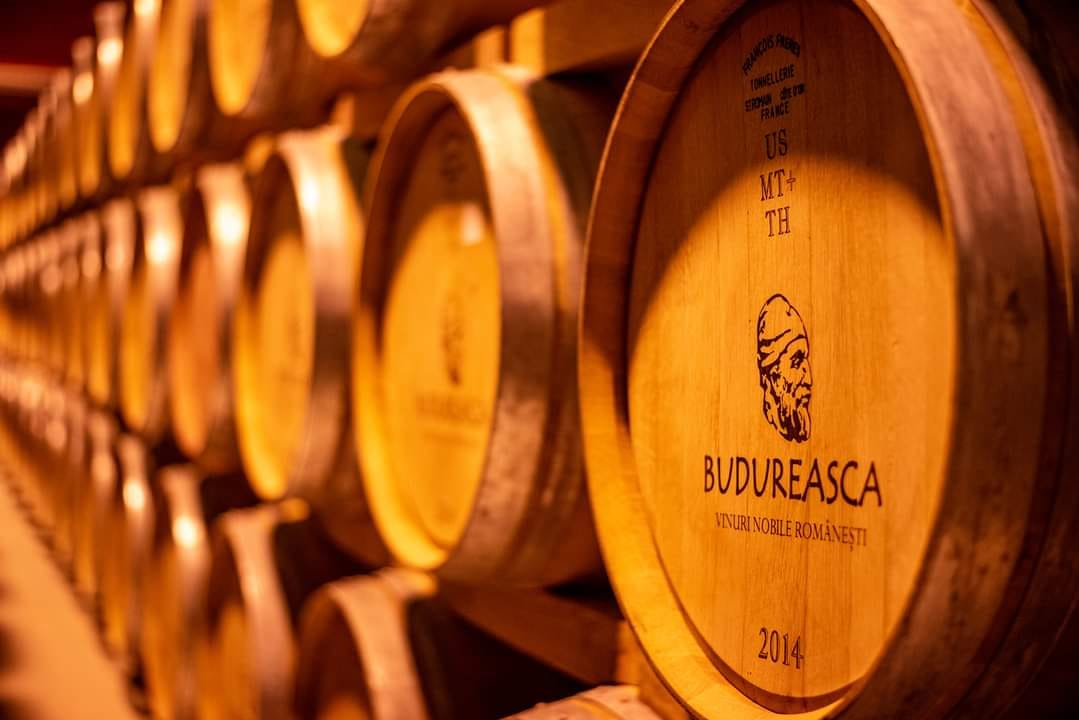
What’s your favorite grape variety? Why?
Sauvignon Blanc would have to be my favourite white wine variety. When I first came to Romania, there was Sauvignon Blanc planted already in the region but the grapes weren’t showing their full potential. Budureasca has replanted almost all the areas of Sauvignon Blanc with a mixture of French and Italian clones which give better results. I’ve always been a great fan of New Zealand Sauvignon Blanc but it’s impossible to produce that style of Sauvignon Blanc here in Romania, especially now due to global warming, it is even harder to get those herbaceous and aromatic aromas and flavours. But I enjoy the challenge and we do a pretty good job!
Red grape varieties, I would say Pinot Noir is my favourite. It's a very easy-drinking wine but is one of the most difficult wines for a winemaker to make. I know that Pinot Noir is not appreciated very much yet in Romania but it is one of the most famous wines in all the world and the most expensive. I enjoy a challenge in producing a great Pinot Noir.
Harvesting campaigns have a lot of stories, can you tell us something less known from one of your campaigns?
With decades of winemaking experience under my belt, I have amassed a treasure trove of stories that span the rich tapestry of my journey. One such tale revolves around the Pinot Noir 2000 vintage, a chapter marked by challenges and ultimately, a miraculous turn of events.
During this period, the construction of the new winery in Mizil, which would later become the Carpathian Winery, was in full swing. Tanks were being positioned, yet the winery lacked a roof, necessitating the processing of grapes in an unconventional outdoor setting. Amidst the chaos of simultaneous winery construction and grape processing, the Pinot Noir grapes were the first to be harvested, setting the stage for a series of unforeseen obstacles.
The tumultuous period was rife with setbacks, from misshaped tanks dropped by a crane driver to issues with cooling systems and unruly wines that refused to cooperate. Daily tastings and meticulous analyses revealed a troubling lack of aroma in the Pinot Noir, coupled with a sluggish malolactic fermentation process. Faced with mounting challenges and dwindling hope, a suggestion emerged from my employees to seek divine intervention and bless the winery.
While not particularly religious, I reluctantly agreed and invited a priest to bestow his blessings upon the winery. As prayers were uttered and hymns sung, a sense of anticipation lingered in the air. The following morning, a remarkable transformation unfolded before my eyes. The Pinot Noir had undergone a miraculous evolution, exuding fruity notes and mirroring the finesse of a Burgundy Pinot Noir. The winery, once plagued by obstacles, now hummed with newfound vitality, with fermentations progressing smoothly and wines showing immense promise.
The divine intervention seemed to have worked wonders, ushering in a period of prosperity and success. The Pinot Noir, once a source of concern, went on to receive accolades and acclaim, earning a coveted place as a signature label for Sainsbury's in the UK supermarket. This extraordinary turn of events left an indelible mark on my winemaking journey, transforming me into a fervent believer in the power of faith and the magic that resides within the world of winemaking.
What is the connection between the wine and the winemaker?
The bond between a winemaker and the wine they create is forged long before the first drop is bottled. It begins in the vineyard, where meticulous monitoring of processes is paramount. Assessing the flavours in the grapes, gauging their ripeness, and determining the optimal moment for harvest are all crucial steps in the winemaking journey. Vigilantly overseeing each stage, from vineyard to bottle, is essential in preempting and addressing potential issues before they arise.
Navigating the intricate dance between vineyard conditions and grape varieties poses a significant challenge, demanding a deep understanding of the wine and a proactive approach to troubleshooting. Anticipating and resolving issues before they manifest is key to ensuring a seamless winemaking process. Maintaining consistency across diverse grape varieties, each influenced by unique environmental factors, presents a formidable task that requires skill and adaptability.
Throughout my extensive winemaking career spanning various countries, I have encountered countless vintages, each distinct in its challenges and triumphs. While the journey has been fraught with obstacles, I have never succumbed to a sense of helplessness. Every hurdle has been met with a spirit of resilience and determination, fuelling a constant drive for improvement and innovation.
Reflecting on my time in Romania since 1995, I recall the trials of challenging years such as 1997, marked by relentless rain leading to subpar red wines, and 1998, marred by widespread powdery mildew affecting vineyards. In those early days, vineyard operations were overseen by the state, leaving me with little control over grape production beyond purchasing the grapes for winemaking.
The delicate balance of forces in winemaking underscores the need for adaptability, foresight, and unwavering dedication. While challenges may arise, the true test lies in how we navigate them, drawing upon experience, knowledge, and a relentless pursuit of excellence to overcome obstacles and craft exceptional wines.
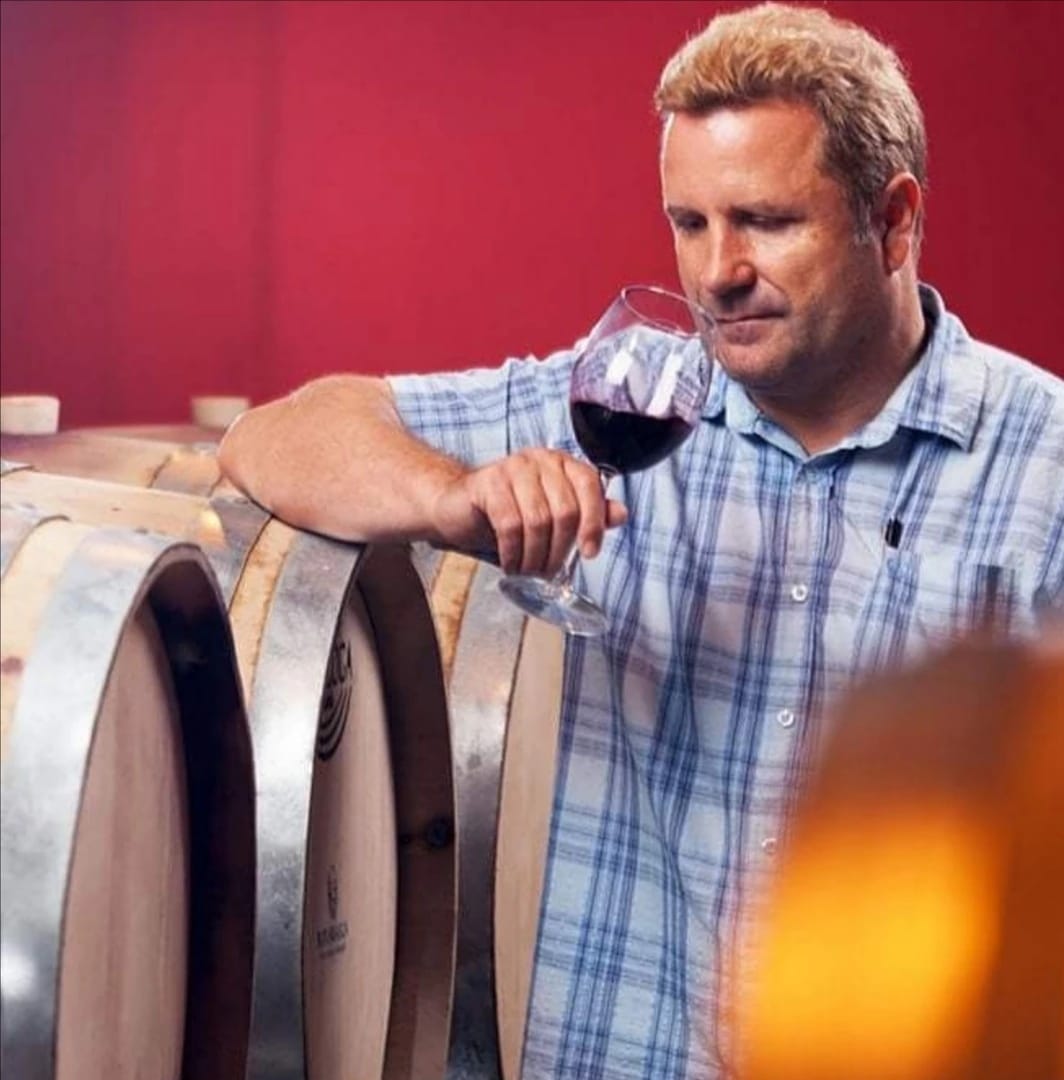
If you were to pick a wine from Budureasca which one would be that?
Selecting a favourite wine from the diverse portfolio at Budureasca is askin to choosing a favourite child—it is an impossible task. The wines at Budureasca are constantly evolving, each bottle telling a unique story of craftsmanship and dedication. My experience with these wines is a dynamic journey, where one moment a wine may amaze me, and the next, it may reveal a different facet that surprises or disappoints.
Amidst this ever-changing landscape of wines, Sauvignon Blanc holds a special place as one of my favourite white wines. Its vibrant character and expressive aromas captivate my senses, making it a standout choice. In the realm of red wines, Shiraz stands out as a beloved option, with its bold flavours and rich complexity that never fail to impress.
The beauty of the wines at Budureasca lies in their ability to surprise and delight, offering a diverse array of flavour and profiles that cater to a wide range of preferences. Each sip is a journey of discovery, a testament to the artistry and passion that goes into crafting these exceptional wines.
From your international experience what can you tell us about export and if Romanian wines are prepared to be sold in other markets?
For several years, standing behind an exhibition stand and promoting Romanian wines to international audiences proved to be a daunting challenge, particularly during the late nineties and early 2000s. At that time, Romanian wines struggled to capture the attention of foreign consumers, despite a steady improvement in quality with each passing year.
However, in the past six years, a remarkable shift has occurred, with Romanian wines gaining recognition and respect on the global stage. The tide has turned, and today, there is a growing interest in Romanian wines, particularly those made from indigenous grape varieties that showcase the unique terroir of the region.
The surprise and admiration elicited by the quality of Romanian wines have been a source of pride, especially during blind tastings where Romanian wines have outshone their more expensive foreign counterparts. This positive reception underscores the undeniable potential and excellence of Romanian wines, singling that Romania is poised for success in the international market.
In essence, the readiness of Romania for wine export hinges on the world's readiness to embrace and appreciate the diverse and exceptional offerings that Romanian winemakers have to offer. The growing interest and recognition of Romanian wines serve as a testament to the country's flourishing presence in the global wine industry.
As ending please share with us, all wine lovers out there, a thought that should remain with us.
Crafting wine is a challenging endeavour, requiring precision and dedication. In my experience, the key difference between a good wine and a truly exceptional one lies in the meticulous attention to detail.

